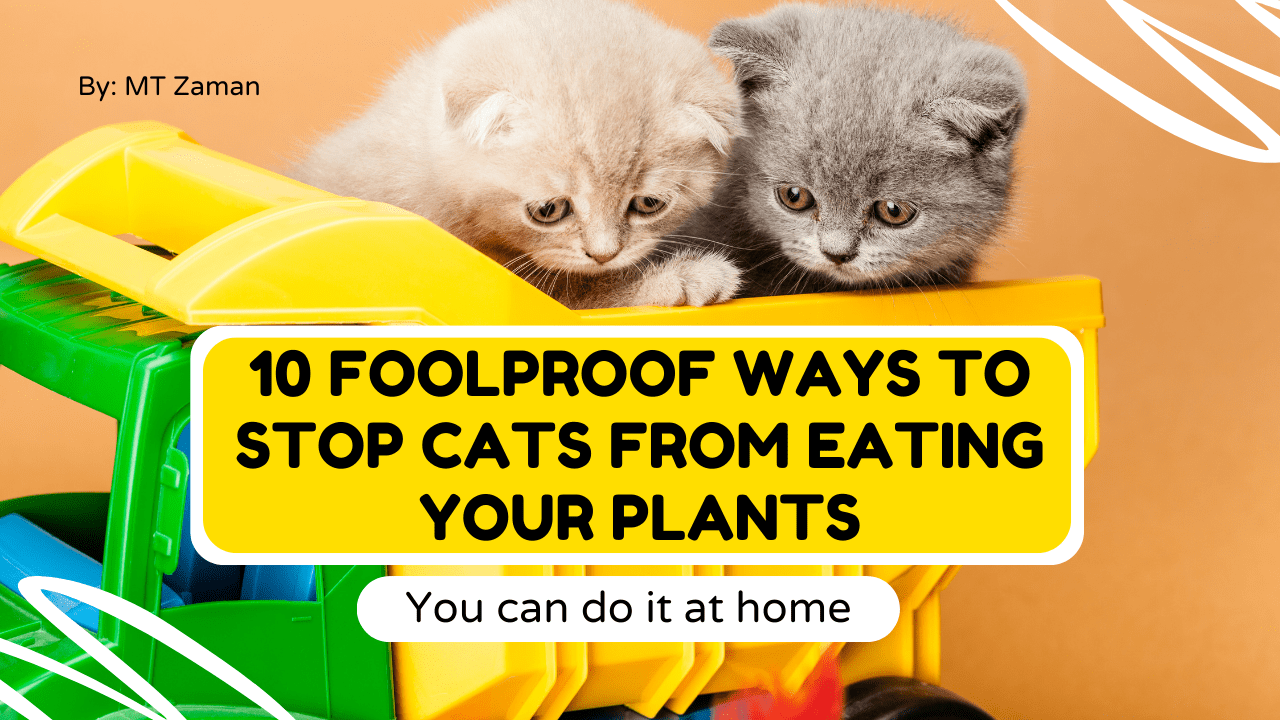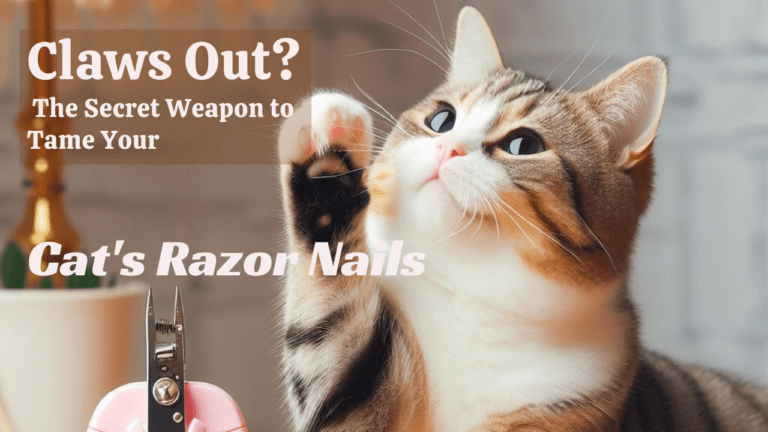You may have heard that cats and houseplants are sworn enemies. While true, fear not! There are ways to keep cats from eating plants. In this guide, discover how to keep cats from eating plants, ensuring your greenery and furry friends coexist harmoniously.
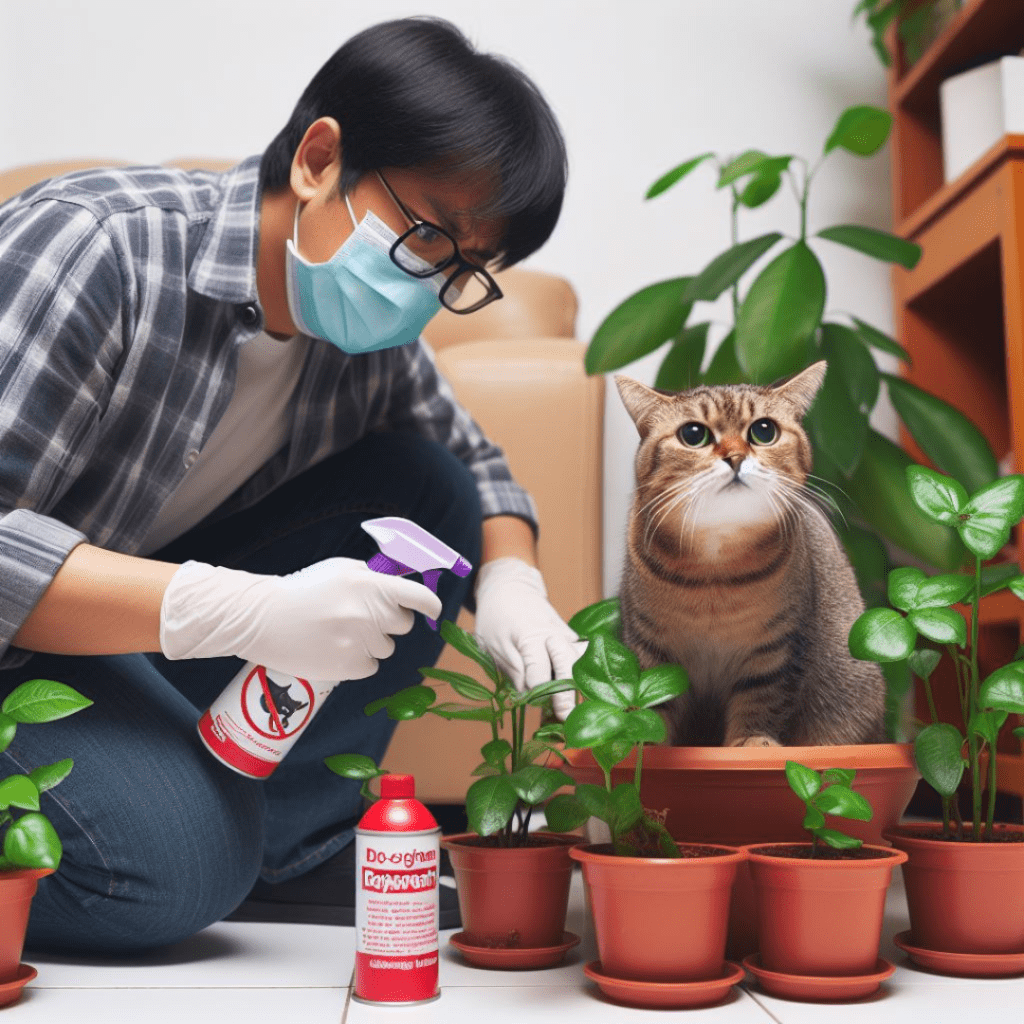
Understanding the Issue:
Understanding why cats are drawn to plants is vital. Cats are naturally curious and find plants irresistible due to texture, smell, and taste. Some cats see plants as entertainment or dietary supplements.
However, not all plants are safe for cats. Common houseplants like lilies and philodendrons can be toxic, leading to health issues. Deterring cats from plants is essential for their safety and your garden’s preservation.
In upcoming sections, we’ll explore ten methods to keep plants safe. From cat-safe alternatives to interactive toys, we’ll cover strategies to meet plant and pet needs. Let’s create a cat-friendly environment without compromising your greenery!
10 Foolproof Ways to Stop Cats From Eating Your Plants
Now that we understand why cats are drawn to plants and the potential risks involved, let’s explore ten practical methods to deter them from indulging in your indoor garden.
Method 1: Plant Safe Alternatives
f you’re worried about your cats nibbling on your houseplants, consider incorporating cat-safe alternatives into your home. Cat grass, for example, is a nutritious and appealing option that can satisfy your cat’s natural urge to chew on grass while keeping them away from your prized plants.
Method 2: Bitter Sprays and Repellents
To deter cats from eating plants, try bitter sprays or repellents. These products have unpleasant tastes cats dislike. Spray them on plants to discourage your feline friend from munching
Method 3: Citrus Solutions
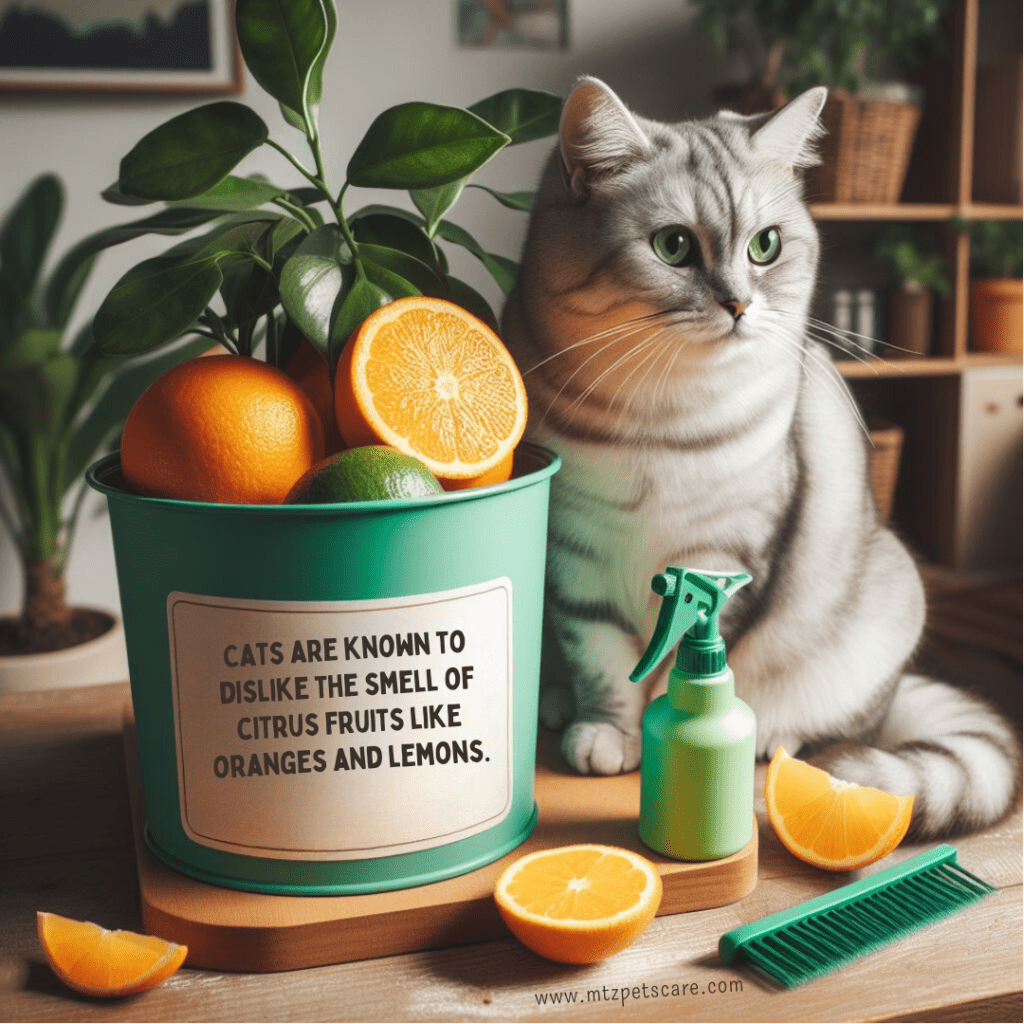
Cats are known to dislike the smell of citrus fruits like oranges and lemons. Take advantage of this aversion by placing citrus peels or citrus-scented sprays near your plants. The strong citrus scent should deter cats from getting too close, helping to protect your plants from their curious mouths.
Method 4: Physical Barriers
If your cats are particularly persistent plant nibblers, you may need to resort to physical barriers to keep them at bay. Consider placing chicken wire or netting around your plants to prevent access. These barriers create a physical obstacle that cats are unlikely to overcome, effectively safeguarding your plants from their unwanted attention.
Method 5: Elevated Planting
Another effective way to protect your plants from curious cats is to elevate them out of reach. Place your plants on high shelves or hanging baskets where your cats can’t easily access them. This not only keeps your plants safe but also creates an interesting vertical element in your home decor.
Method 6: Deterrent Plants
Some plants naturally repel cats due to their scent or taste. Consider adding cat-repellent plants like lavender, rosemary, or coleus to your indoor garden. Not only will these plants help deter cats from eating your other plants, but they’ll also add beauty and fragrance to your home.
Method 7: Cat Grass
As mentioned earlier, providing your cats with their own source of grass can help redirect their attention away from your plants. Cat grass is easy to grow indoors and provides a safe and satisfying alternative for your feline friends to nibble on.
Method 8: Interactive Toys and Distractions
Keep your cats entertained and engaged with interactive toys and distractions. Toys that mimic the movement of prey, such as feather wands or laser pointers, can provide hours of entertainment and help satisfy your cat’s hunting instincts, reducing their desire to snack on your plants.
Method 9: Training and Positive Reinforcement
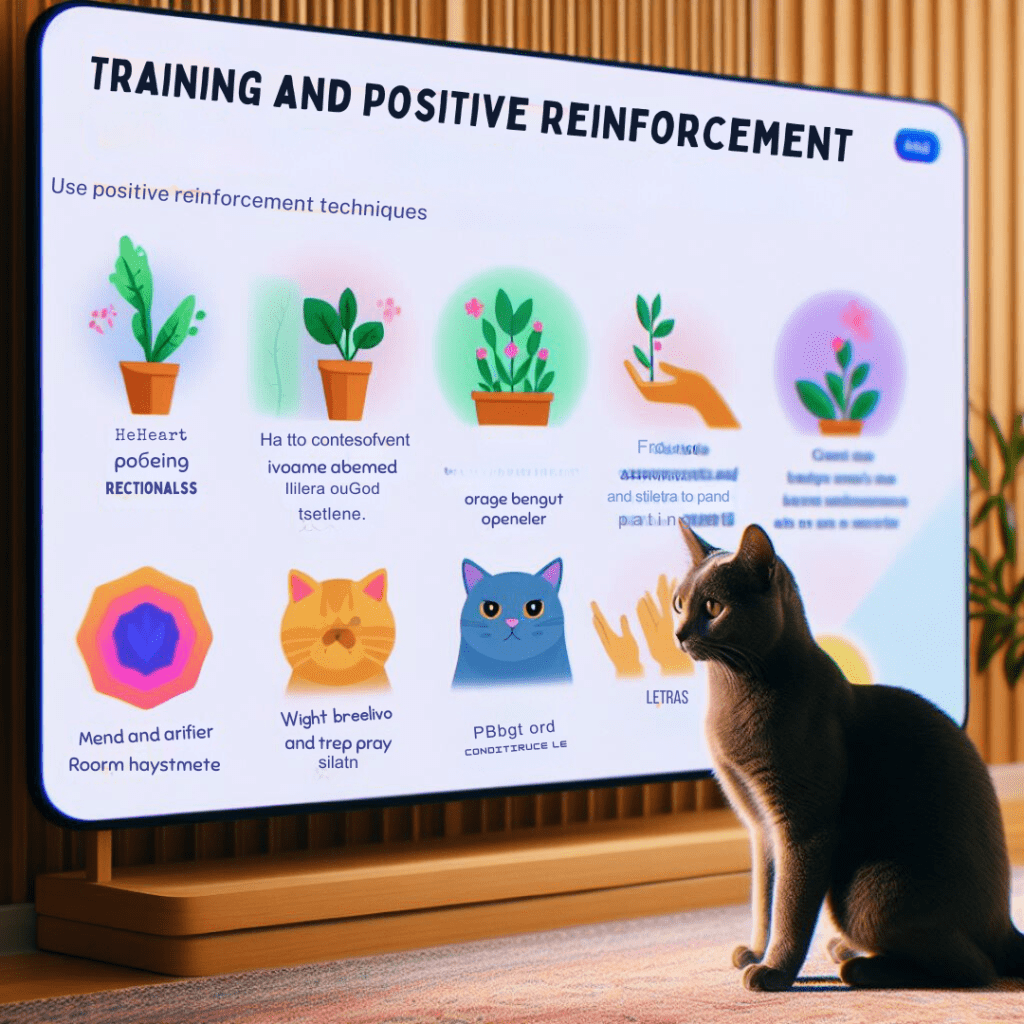
Training your cats to leave your plants alone can be challenging but rewarding. Use positive reinforcement techniques, such as praise and treats, to reward good behavior when your cats ignore your plants. With patience and consistency, you can teach your cats to respect your plant boundaries.
Method 10: Consultation with a Veterinarian
If you’ve tried various deterrent methods and your cats still won’t leave your plants alone, it may be time to seek professional help. Consult with your veterinarian to rule out any underlying health issues or behavioral problems that may be contributing to your cat’s plant-eating behavior. They can offer personalized advice and guidance to help address the issue effectively.
By implementing these ten foolproof methods, you can create a cat-friendly environment while protecting your plants from the curious appetites of your feline companions.
Conclusion
In conclusion, keeping cats from eating your plants is not an impossible task. By understanding why cats are attracted to plants and implementing effective deterrent methods, you can create a harmonious environment where both your plants and your pets can thrive.
From providing cat-safe alternatives to using bitter sprays and physical barriers, there are plenty of strategies to choose from. Experiment with different methods to find what works best for your unique situation, and don’t hesitate to seek advice from your veterinarian if you’re struggling to find a solution.
Remember, creating a cat-friendly environment is all about balance. With patience, consistency, and a little creativity, you can enjoy a beautiful indoor garden without worrying about your furry friends wreaking havoc on your plants. So roll up your sleeves, get creative, and let’s keep those cats away from your plants for good!
